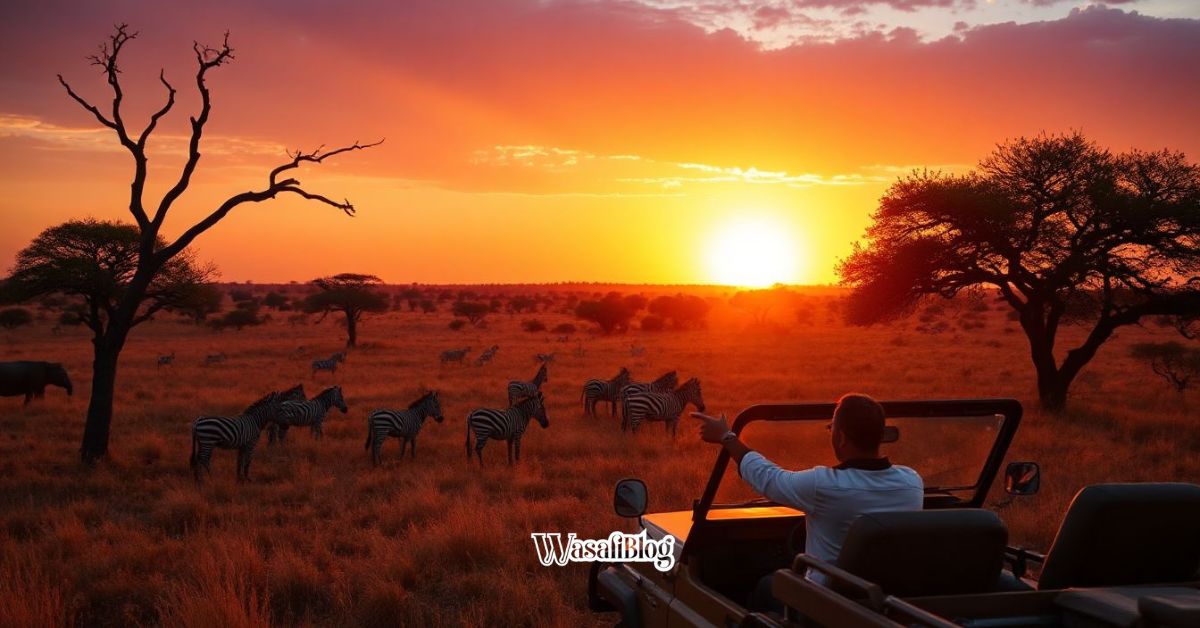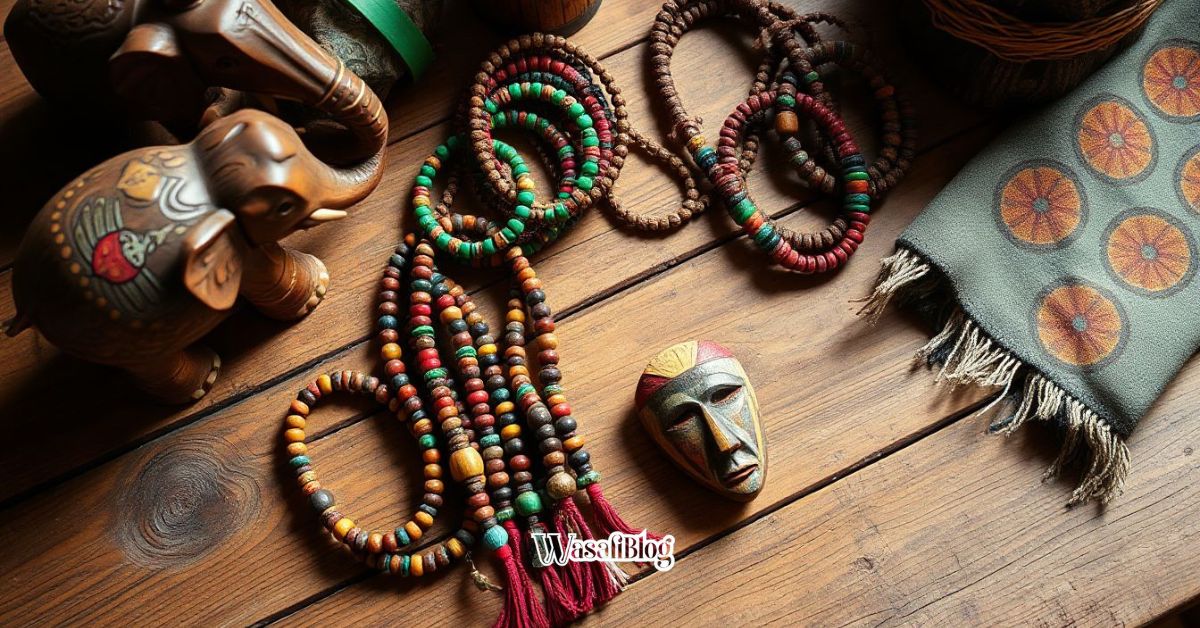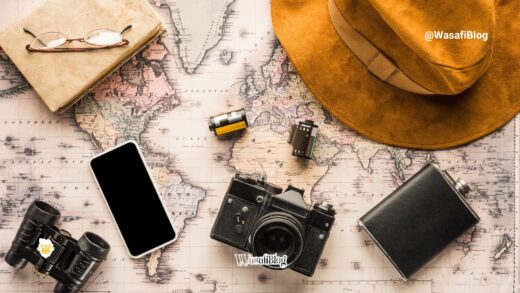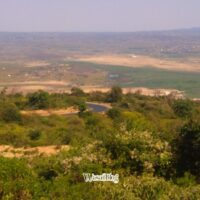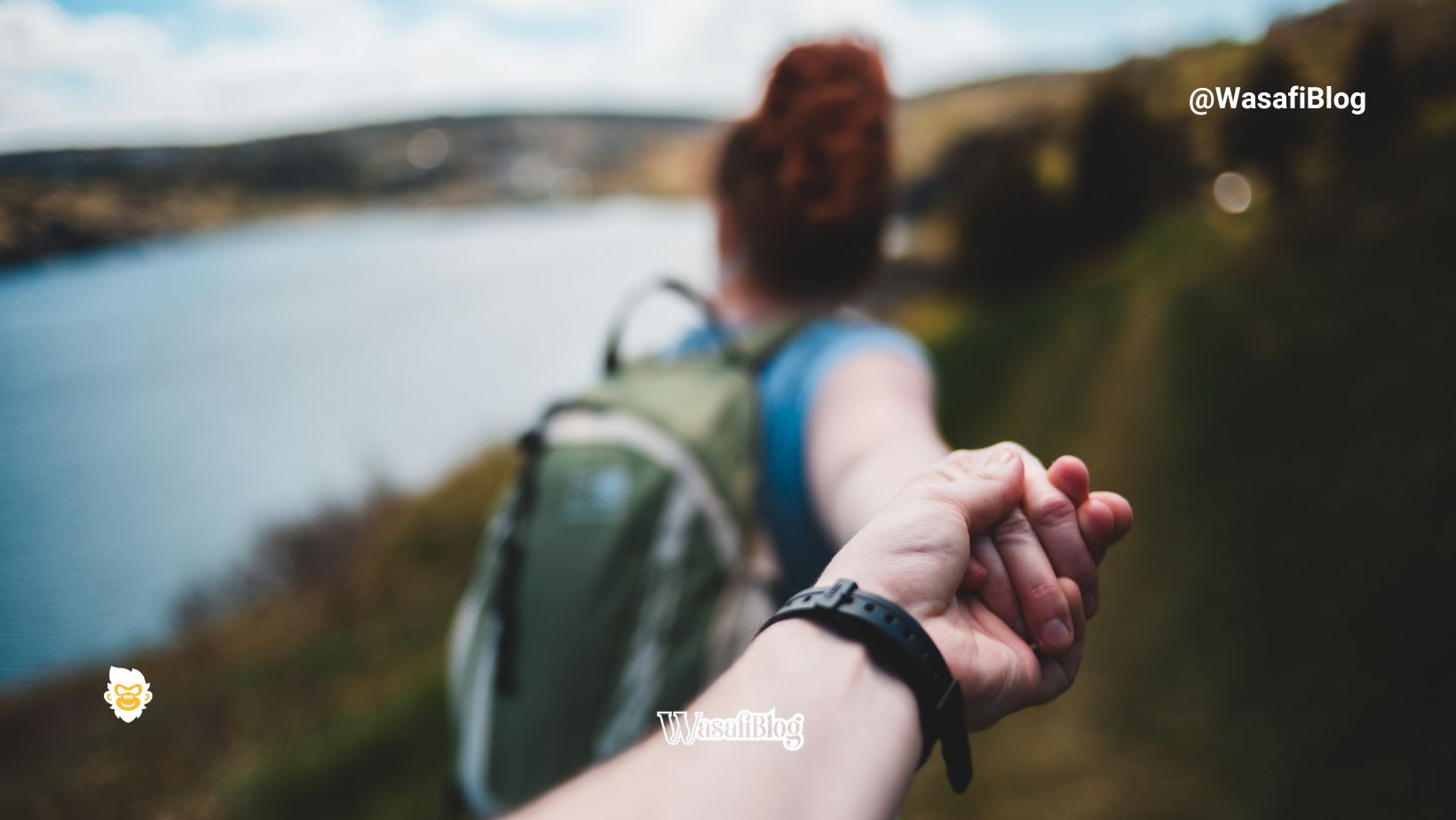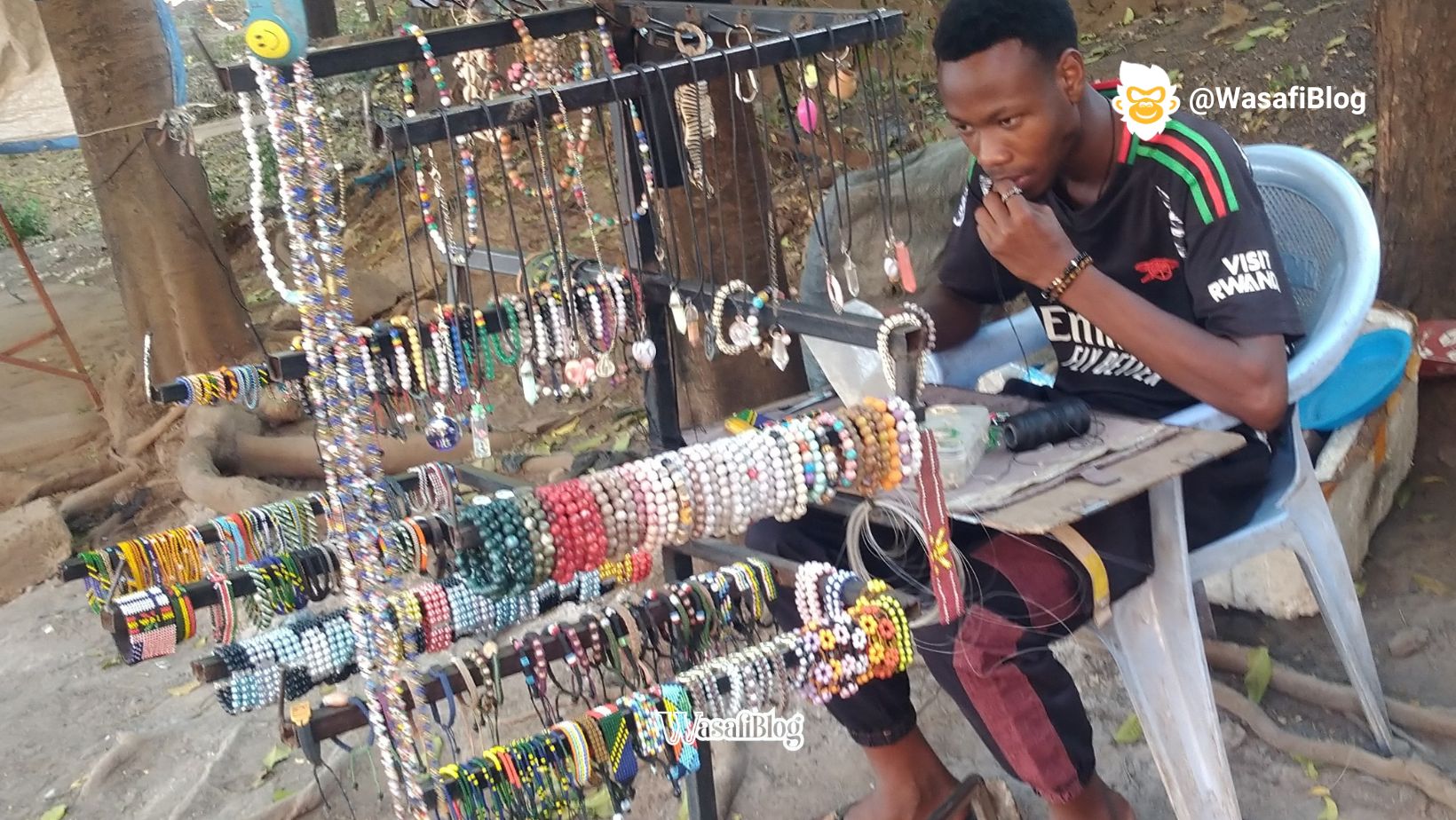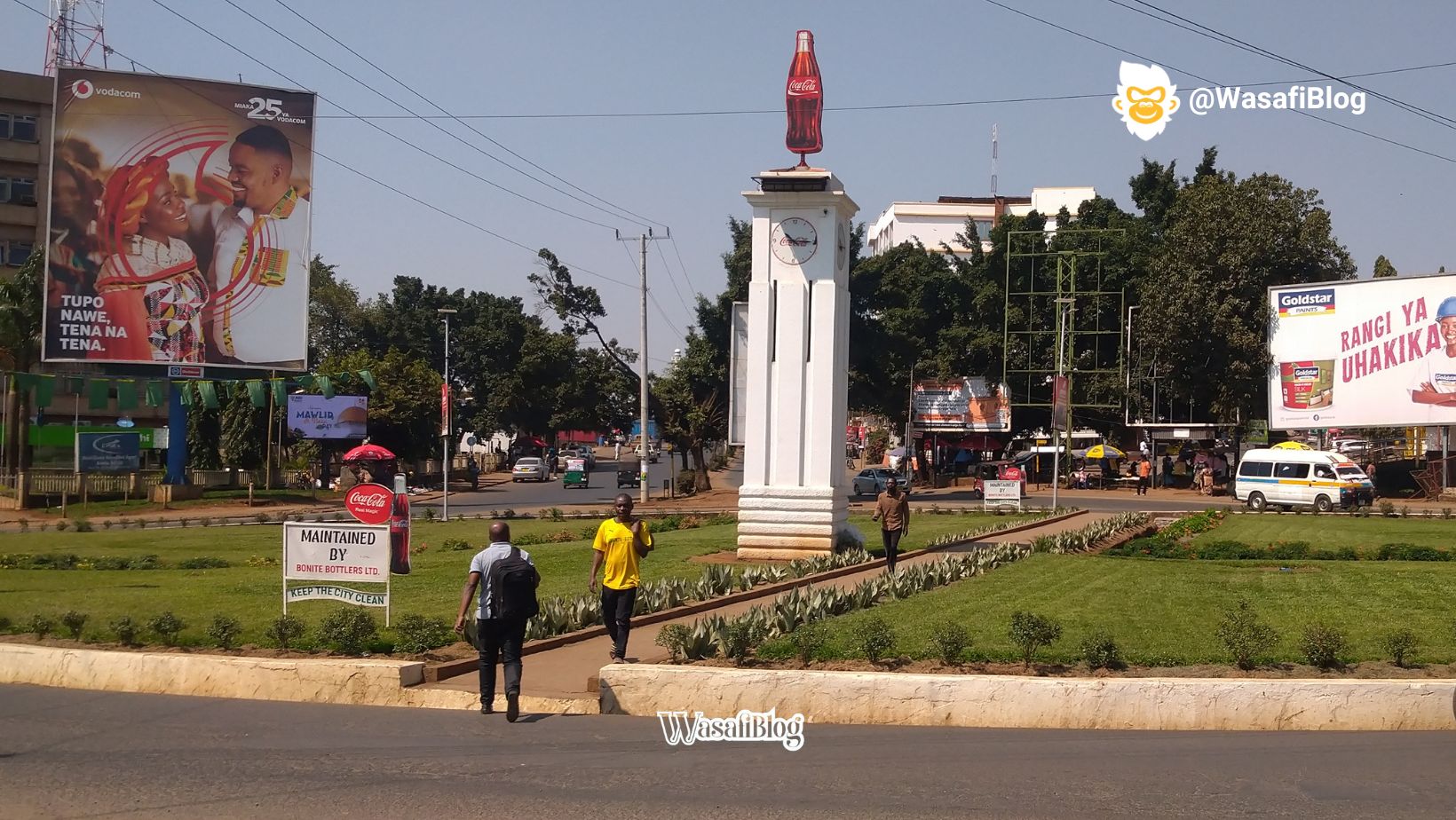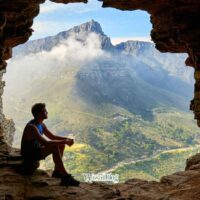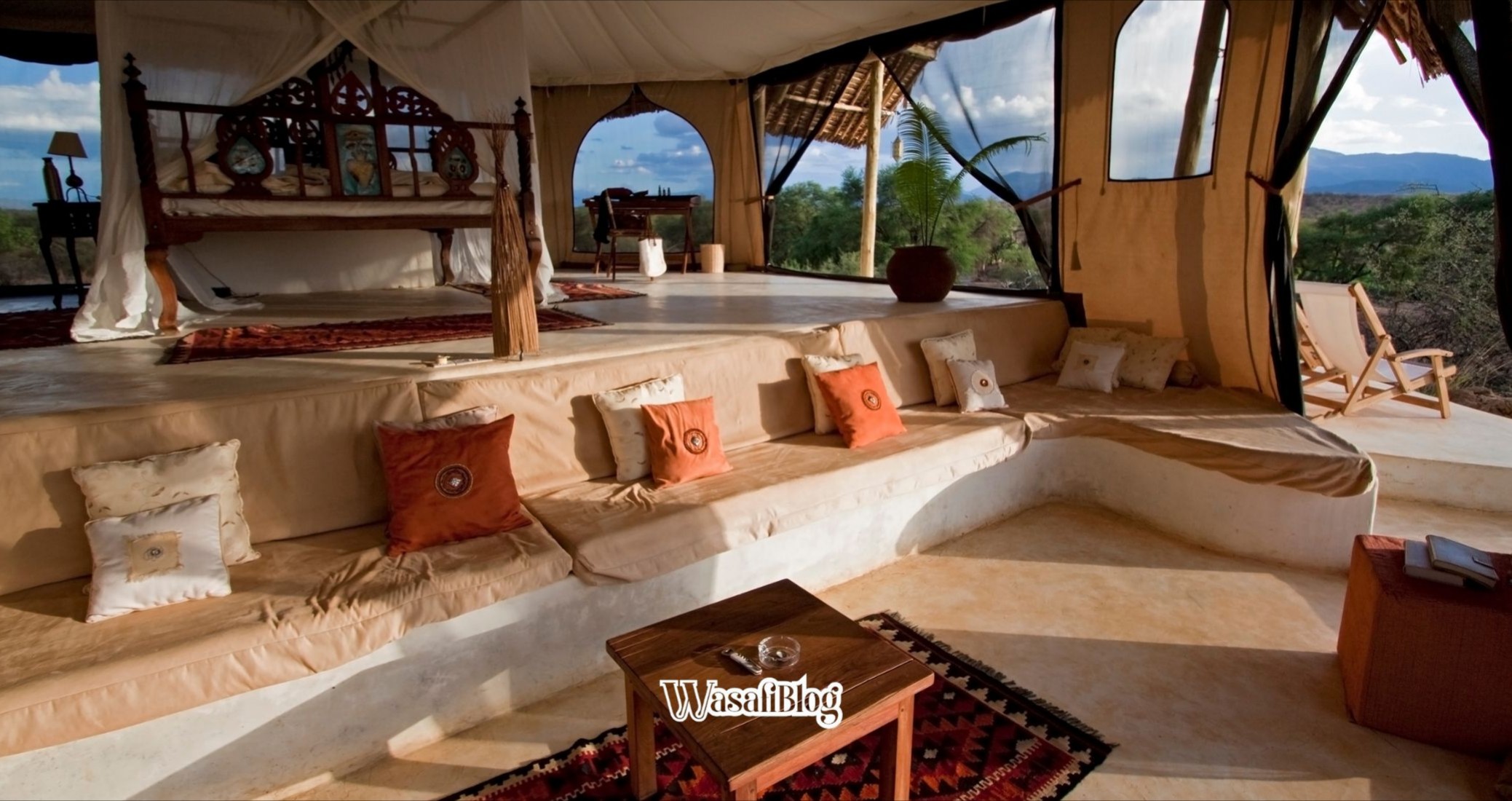The dream of reaching Kilimanjaro’s summit inspires many. Standing on the roof of Africa, gazing out at the vast plains below, feels like a true triumph. What truly separates a successful climb from a struggle? Often, it comes down to the basics: how you fuel your body. Proper hydration and smart nutrition are not simply afterthoughts for this high-altitude trek. They are core parts of your Kilimanjaro packing list. This guide will share essential hydration and snacks strategies to help you conquer Africa’s highest peak.
Hydration: Your Lifeline on the Mountain
Proper hydration is important when you climb to higher elevations. Dehydration can quickly make you feel unwell at altitude. This section emphasizes the importance of drinking enough water on Kilimanjaro.
The Science of Altitude and Hydration
When you go higher, your body works harder. The air gets drier, causing you to lose more water just by breathing. This is called increased respiratory water loss. Also, your body makes more urine at high altitudes.
This means you pee more often, which further removes water from your system. Dehydration makes altitude sickness symptoms much worse.
Headaches, nausea, and tiredness can all get stronger if you do not drink enough. Staying hydrated helps your body adjust to the thin air.
Essential Hydration Gear for Kilimanjaro
Having the right gear makes drinking water easy and safe. You can choose between water bottles or hydration reservoirs. Water bottles are simple to fill and clean. Hydration reservoirs, or bladders, fit in your backpack and let you sip water constantly through a hose.
Many hikers use both. Insulated sleeves are a must for your water bottles or bladder hoses. These stop your water from freezing, especially on cold summit nights.
You will also need ways to purify water. Guides typically boil water at camp, but having your own method adds safety. Water filters, purification tablets, or UV purifiers like a SteriPen all work well.
Pack a backup method, too. Electrolyte tablets or powders are crucial. They help your body absorb water better and replace important salts lost through sweat.
Daily Hydration Targets and Strategies
Aim to drink a lot of water each day on Kilimanjaro. Most climbers need around 4 to 5 liters. This might sound like a lot, but it’s key to staying well.
The best strategy is to sip water consistently throughout the day. Do not wait until you feel thirsty; by then, you are already behind. Make it a habit to drink every 15-20 minutes, even if it is just a small sip.
A good way to check your hydration is by looking at your urine color. It should be clear or very light yellow. Darker urine means you need to drink more. Your guides will help you keep track and remind you to drink. Listen to their advice.
Kilimanjaro Snack Strategy: Sustained Energy, Not Just Satisfaction
Snacks on Kilimanjaro are not just for hunger. They are portable fuel stations. Your body needs constant energy for such a tough trek. This section focuses on the types of snacks that give you lasting power. It emphasizes choosing foods that are full of nutrients and easy to eat on the move.
Understanding Energy Needs at Altitude
Climbing Kilimanjaro burns a lot of calories. Your body needs more energy simply to exist at high altitude, even before you start walking.
Carbohydrates give you quick energy bursts, perfect for when you need an immediate boost. Protein is important for repairing your muscles after a long day of walking. It also helps you feel full.
Healthy fats give you sustained energy release, meaning they keep you going for longer periods without feeling a crash. Think of snacks as mini-meals that keep your engine running.
The Best High-Energy, Lightweight Snacks
When packing snacks, think light, dense, and easy to eat. Here are some top picks:
- Dried fruits: Dates, apricots, and figs are packed with natural sugars for quick energy. They also have fiber, which is good for digestion.
- Nuts and seeds: Almonds, walnuts, and pumpkin seeds offer healthy fats and protein. They are small but powerful.
- Energy bars and gels: These are very convenient and calorie-dense. Look for bars with a good balance of carbs, protein, and fat. Gels give a fast sugar hit when you need it most.
- Jerky: Beef or turkey jerky is a great source of protein. It helps satisfy hunger and keeps muscles happy.
- Trail mix: Make your own mix of nuts, seeds, and dried fruit. You can add a few chocolate chips for a treat.
- Crackers and hard cheese: These provide both carbohydrates and protein. Hard cheese travels well and offers a savory break from sweet snacks.
Snacks for Different Trekking Phases
Your snack needs change throughout the day and the trek.
- Pre-trek breakfast boosters: A small, easy-to-digest snack before breakfast can help kickstart your metabolism.
- Mid-morning energy boosts: A handful of nuts or a piece of dried fruit can prevent an energy slump before lunch.
- Afternoon pick-me-ups: As tiredness sets in, an energy bar or some jerky can help you push through to camp.
- Snacks for the summit night: This is when you need easy-to-eat, high-energy foods that won’t freeze. Think gels, small pieces of chocolate, or energy chews. Your appetite might be low, so aim for small, frequent bites.
The Crucial Role of Electrolytes
Just drinking water is not always enough, especially when you are sweating a lot. Electrolytes are key to staying truly hydrated and performing well. This section explains why.
Why Electrolytes Matter on Kilimanjaro
Electrolytes are minerals in your body that help with many important functions. Think of them like tiny electrical charges that keep your body working right.
When you sweat, you lose more than just water; you also lose important electrolytes like sodium, potassium, and magnesium. This loss can lead to fatigue, painful muscle cramps, and headaches. It can also make you feel more nauseous.
Proper electrolyte balance helps your body hold onto water better, improving overall hydration. They are essential for nerve and muscle function, which you will rely on heavily during your climb.
Top Electrolyte Sources and When to Use Them
You can get electrolytes from various sources. Commercial electrolyte powders or tablets, like Nuun or Skratch Labs, dissolve easily in your water bottle.
These are a simple way to get what you need. Natural sources can also help. Bananas are great for potassium, and salty snacks provide sodium.
Prioritize electrolyte intake during long periods of exertion, especially on warmer days. If you start to feel symptoms of imbalance, like muscle cramps or a lingering headache, even after drinking water, it is time to add electrolytes. Many climbers add them to one water bottle per day or use them on summit night.
Packing Your Hydration and Snacks Arsenal: Practical Tips
Knowing what to pack is one thing; knowing how to pack it is another. These practical tips help you organize your food and water for daily use on the mountain.
Organizing Your Day Pack for Easy Access
Your day pack is your lifeline during the day’s trek. Keep your water bottles or hydration reservoirs easily accessible. Side pockets are perfect for bottles. If using a bladder, make sure the hose clip is within easy reach on your shoulder strap.
Store snacks in outer pockets or small pouches you can grab without stopping. This way, you can keep moving while fueling up. Use dry bags or Ziploc bags to protect snacks from moisture, which can happen from rain or condensation inside your pack.
In colder sections, keep sensitive snacks like chocolate bars closer to your body to prevent them from freezing solid.
Managing Food and Water in Varied Conditions
Kilimanjaro presents many different climates in one climb. On summit night, temperatures drop below freezing. You must protect your water from turning to ice. Store water bottles upside down in their insulated sleeves; water freezes from the top down.
Keep your hydration reservoir hose tucked inside your jacket. For snacks, avoid items that melt easily in warmer, lower sections. Energy bars can become gooey.
Choose snacks that hold up well to temperature changes. Always pre-hydrate before starting your day. Drink a good amount of water with breakfast, so your body starts the trek well-hydrated.
Consulting with Your Guide and Porters
Your local guides and porters know Kilimanjaro the best. They are a valuable source of information. Ask them about the water sources along your route and how they treat the water at camp.
This builds trust and ensures you drink safely. Discuss the meals provided by the expedition team. Knowing what meals to expect helps you decide how many supplemental snacks you need.
If you have any dietary restrictions or preferences, talk to your guide beforehand. They can help arrange suitable options, making your climb more comfortable and enjoyable.
Beyond the Basics: Advanced Nutrition for Peak Performance
For those looking to get the most out of their bodies on Kilimanjaro, a few extra nutrition points can make a difference. These go beyond just the essentials.
The Impact of Appetite Loss at Altitude
A common challenge on Kilimanjaro is losing your appetite. The high altitude can make you feel less hungry or even a little nauseous.
This is normal, but it makes fueling tough. Your body still needs energy, even if you do not feel like eating.
Strategies to overcome this include eating small, frequent meals instead of big ones. Prioritize foods that you know you enjoy and find easy to digest.
Bland foods like crackers or plain rice can be good choices. Remember, even a little bit of food is better than nothing at all.
Meal Timing and Nutrient Synergy
Think about when you eat and what you combine. A substantial breakfast is key; it sets the tone for your energy levels all day. Aim for a mix of complex carbohydrates, protein, and some healthy fats.
After a long day of trekking, eating carbohydrates and protein helps your muscles recover faster. Carbs refill your energy stores, and protein repairs muscle tissue.
Consider your total calorie intake across all meals and snacks. Ensure you are taking in enough energy to match the huge demands of trekking at altitude.
Conclusion
Climbing Kilimanjaro is an amazing journey. Your success hinges on how well you prepare your body. Consistent hydration and smart nutrition are not just gear items; they are investments in your climb.
Prioritize drinking enough water every hour, choose snacks packed with nutrients, and remember to replenish those vital electrolytes. Pack your food and water wisely, keeping things handy and protected from the elements.
Talk to your guides, too, as their knowledge is priceless. Proper fueling ensures you have the power and strength to reach the Roof of Africa. You will thank yourself for every sip and every bite on your way to the summit.


